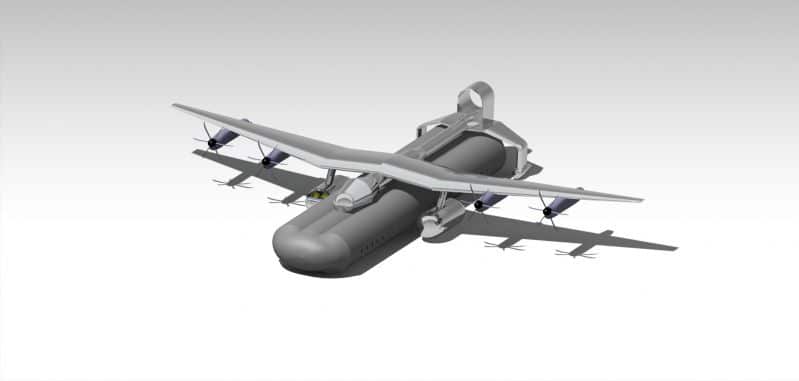What is NACA Wing Profile? Understanding Airfoil Design and Analysis
NACA wing profiles, developed by the National Advisory Committee for Aeronautics (NACA), are standardized airfoil shapes used in aircraft design to optimize aerodynamic performance. Each NACA profile is defined by a series of numbers that describe its geometry, including camber, thickness, and chord distribution. These profiles are critical in determining an aircraft’s lift, drag, and overall efficiency.
For example, in the NACA 2412 profile:
- 2: Maximum camber (percentage of chord length).
- 4: Position of maximum camber (in tenths of the chord).
- 12: Maximum thickness (percentage of the chord).
NACA profiles serve as the foundation for modern wing design, enabling engineers to balance lift, drag, and structural efficiency across various aircraft.
Tools for Analyzing NACA Wing Profiles: Xfoil and XFLR5
To analyze and design NACA wing profiles, software tools like Xfoil and XFLR5 are commonly used:
Xfoil
- Developed at MIT, Xfoil is a robust tool for analyzing airfoil performance under viscous and inviscid conditions. It provides detailed lift and drag characteristics for any airfoil shape.
- Official Link: http://web.mit.edu/drela/Public/web/xfoil/
XFLR5
- XFLR5 builds on Xfoil’s capabilities but extends them to analyze entire wings and aircraft configurations. It is ideal for evaluating airfoil performance under specific aerodynamic conditions.
- Official Link: http://www.xflr5.com/xflr5.htm
Understanding the Polar Graph
The polar graph of an airfoil is a critical tool for evaluating its aerodynamic efficiency. It plots the lift coefficient (Cz) against the drag coefficient (Cx) to determine the airfoil’s performance under varying angles of attack.
Steps to Analyze a NACA Profile in XFLR5:
- Load the Airfoil Profile (e.g., NACA 2412).
- Use Xfoil Direct Analysis to calculate lift and drag coefficients.
- Run a Batch Analysis to test performance under defined conditions:
- Range of angles of attack.
- Speed and Reynolds number settings.
- Review the polar graph to evaluate aerodynamic efficiency.
The resulting data includes:
- Lift Coefficient (Cz)
- Drag Coefficient (Cx)
- Lift-to-Drag Ratio
Examples of NACA Wing Profiles in Aircraft
Boeing 747
- NACA Profile: 65-210
- Wing Span: 64.44 m
- Aspect Ratio: 7.91
- Lift-to-Drag Ratio: 17.6
Airbus A320
- NACA Profile: 63A210
- Wing Span: 35.8 m
- Aspect Ratio: 9.49
- Lift-to-Drag Ratio: 18.2
Cessna 172
- NACA Profile: 2412
- Wing Span: 11 m
- Aspect Ratio: 7.32
- Lift-to-Drag Ratio: 12.5
Other notable examples include:
- Lockheed SR-71: NACA 64A007
- F-16 Falcon: NACA 64A204
- Douglas DC-3: NACA 23016
- Airbus A380: Modified NACA 65
Why Are NACA Profiles Important?
- Standardization: Their defined geometries allow for consistent analysis and comparison.
- Versatility: Suitable for a wide range of aircraft types, from light planes to large commercial jets.
- Efficiency: NACA profiles are designed to minimize drag while maximizing lift, improving fuel efficiency and overall performance.

Modern Wing Optimization Techniques
Morphing Wings
Morphing wings adapt their shape in real-time to optimize performance across different flight conditions, inspired by bird flight. This leads to:
- Improved fuel efficiency.
- Enhanced adaptability at various speeds and altitudes.
Advanced Materials
Lightweight materials like carbon-fiber composites (CFRP) are revolutionizing wing structures, offering:
- Higher strength-to-weight ratios.
- Reduced drag and fuel consumption.
Conclusion
NACA wing profiles are essential to understanding and designing efficient airfoil shapes. With tools like Xfoil and XFLR5, engineers can analyze performance data to optimize aerodynamic efficiency. Modern innovations, such as morphing wings and advanced materials, continue to build on this foundation, paving the way for more efficient, sustainable aviation.
